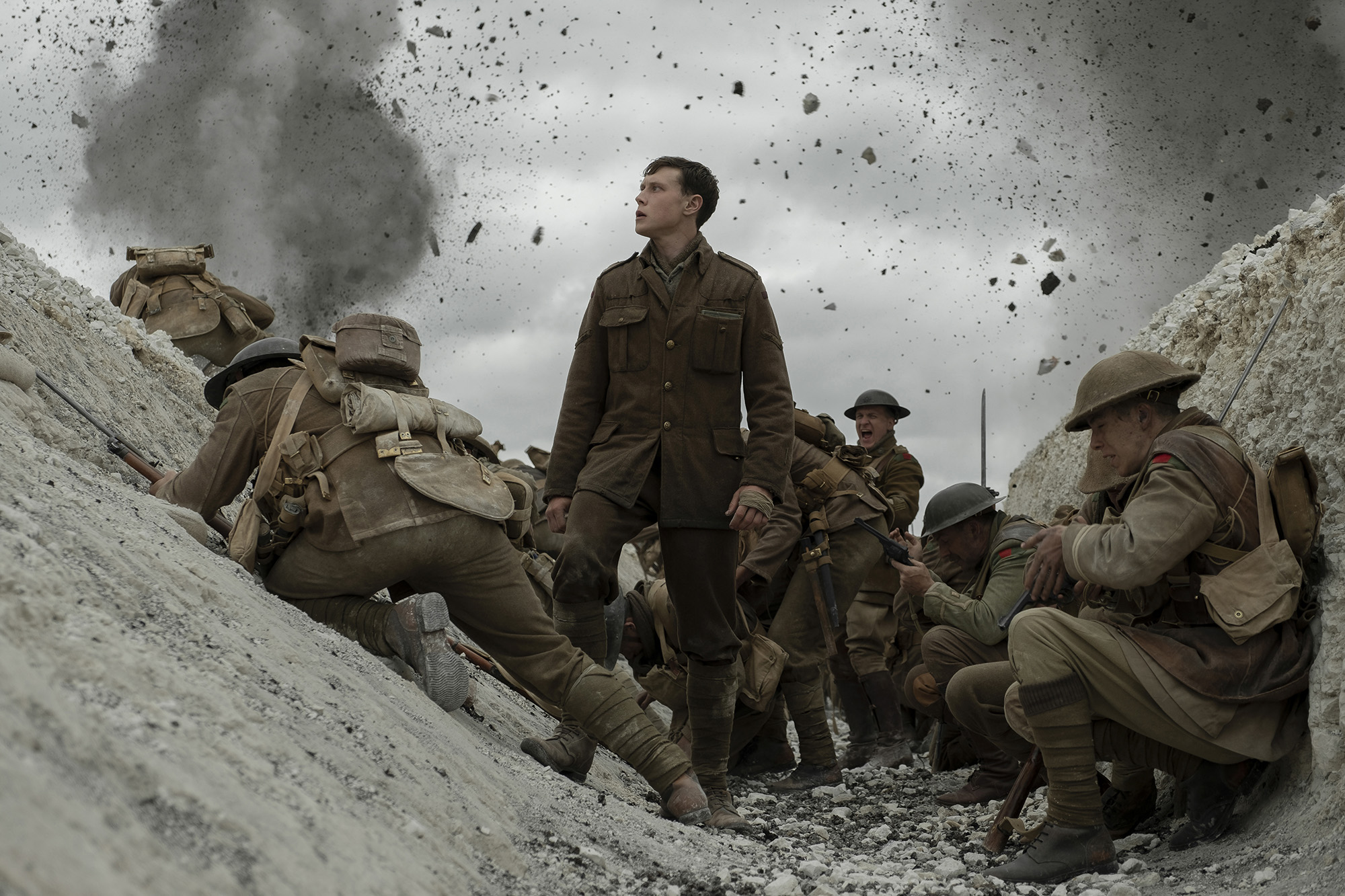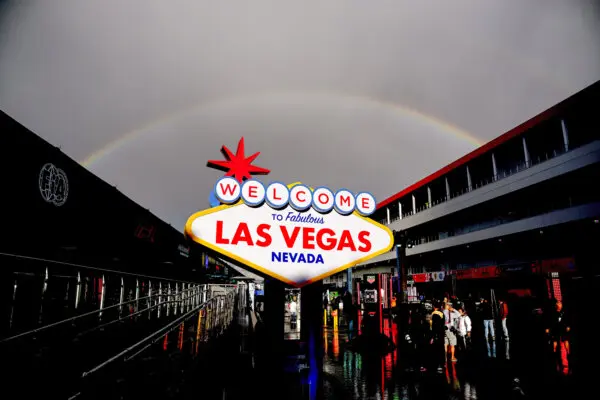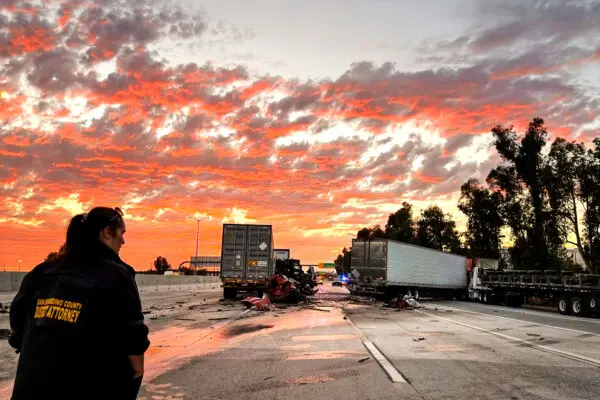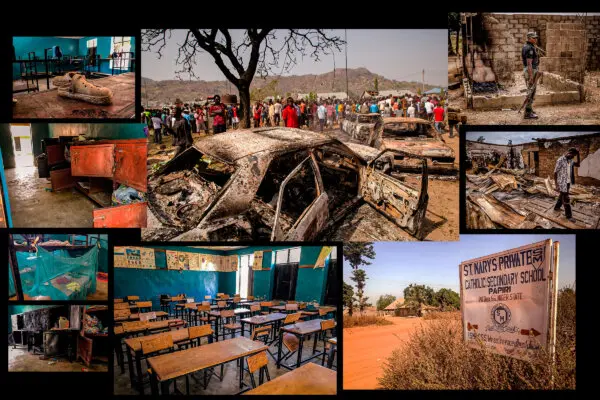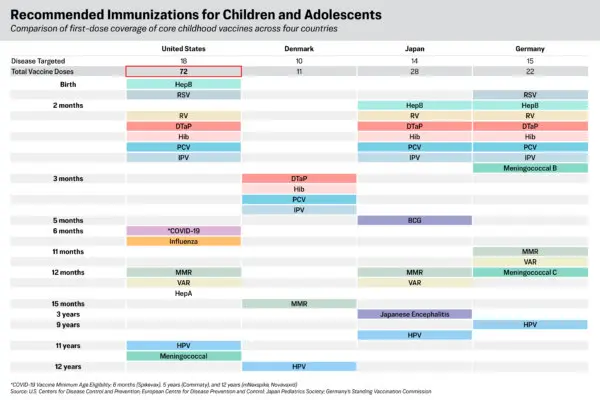From the composing of the Iliad in the 8th century B.C. to yesterday’s reports on the ongoing conflicts in Ukraine and the Middle East, war stories perpetually captivate our imaginations. Maybe it’s the epic scale of the action that draws us in. Our mind moves with the great movements of history, events of incomprehensibly large magnitude, changing the face of the earth, like continental drift. Or maybe it’s the fact that war offers the ultimate test of courage, straining the strands of a soldier’s character and determination to the breaking point in one of the most extreme of environments.
We love—and need—tales of heroism and self-sacrifice, tales that war stories, both real and imagined, offer at higher rate, perhaps, than any other genre. War, we might say, like all crises in human experiences, lays bare the human soul. Unmasked are the cowards, the cutthroats, the courageous, and the many ordinary people who find within some half-known region of themselves the ability to do extraordinary things.
